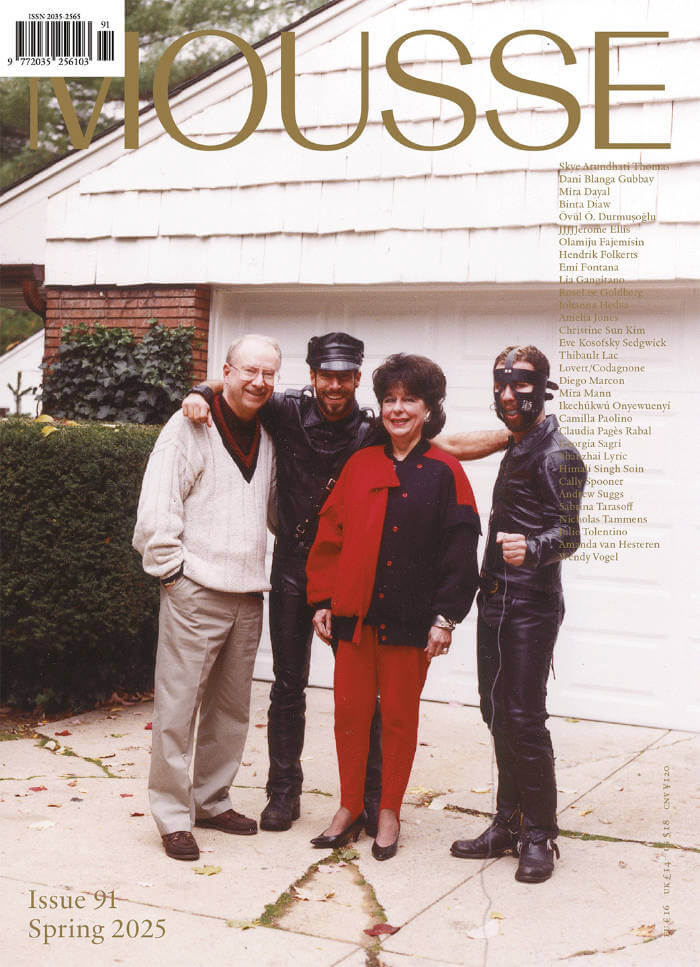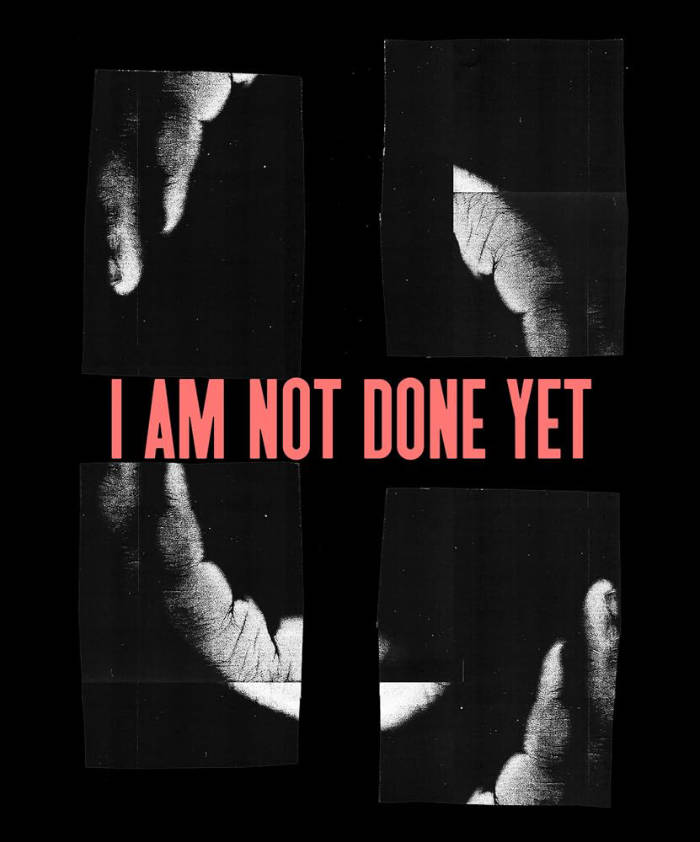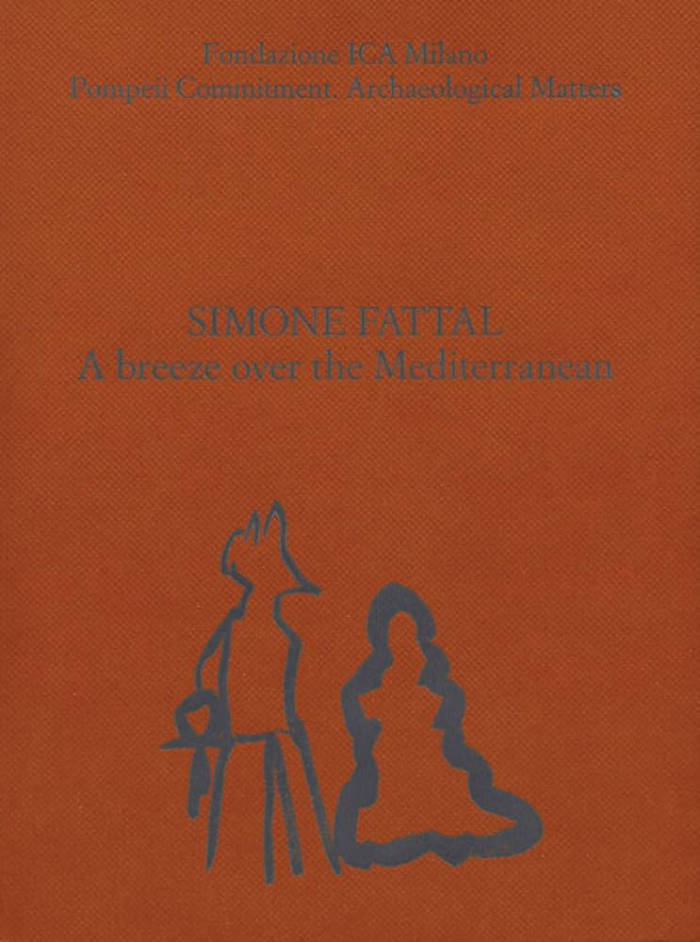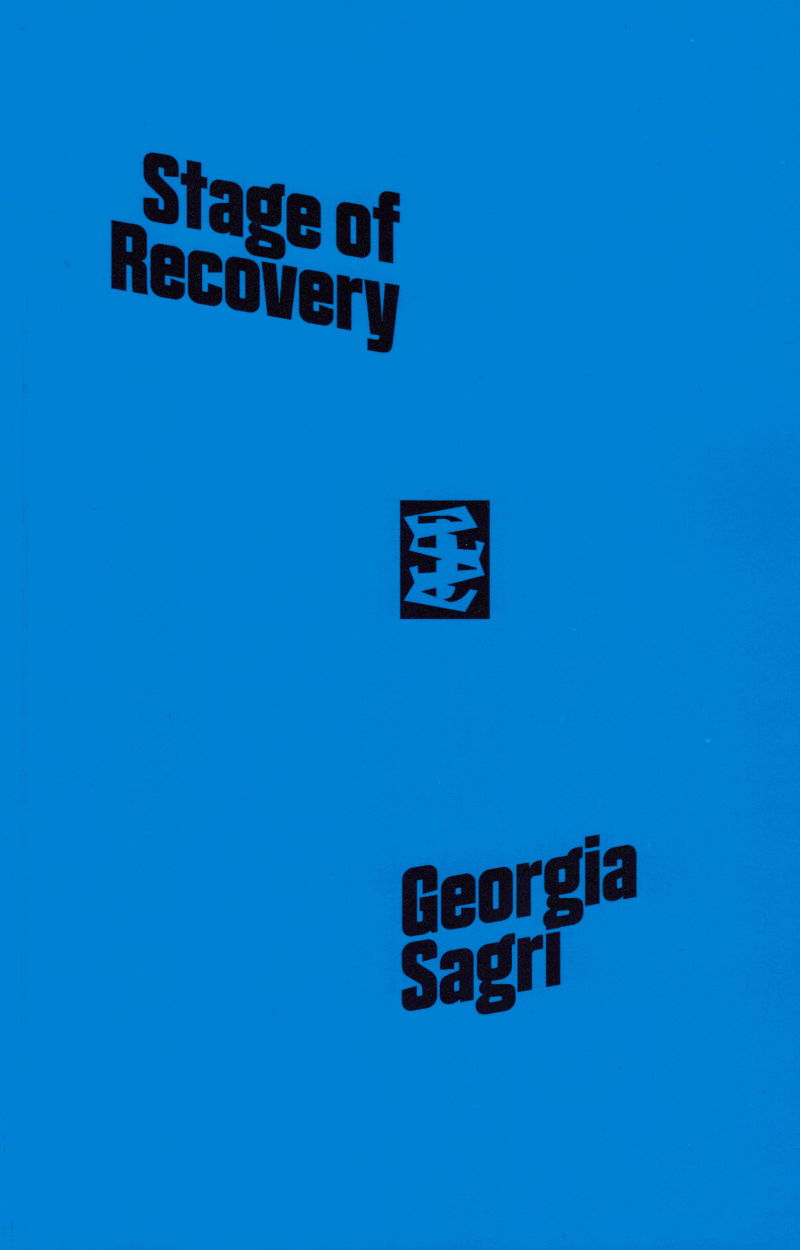
Mousse #91
Lovett/Codagnone; Sabrina Tarasoff on Diego Marcon; Ikechúkwú Onyewuenyi on JJJJJerome Ellis; Cally Spooner and Hendrik Folkerts; Himali Singh Soin; Wendy Vogel interviews pioneering art historian, curator, and founder of Performa biennial RoseLee Goldberg; Shanzhai Lyric; Amelia Jones on queer feminist literary critic Eve Kosofsky Sedgwick; Dani Blanga Gubbay; Amanda van Hesteren by Olamiju Fajemisin; Thibault Lac by Skye Arundhati Thomas; Mira Mann by Nicholas Tammens; Claudia Pagès Rabal by Övül Ö. Durmuşoğlu; Binta Diaw by Camilla Paolino; Christine Sun Kim and Johanna Hedva discuss "mainstreaming," ableism, and the perils of "care"; books by Georgia Sagri...
Mousse is a bimonthly contemporary art magazine. Established in 2006, Mousse contains interviews, conversations, and essays by some of the most important figures in international criticism, visual arts, and curating today, alternated with a series of distinctive articles in a unique tabloid format.







